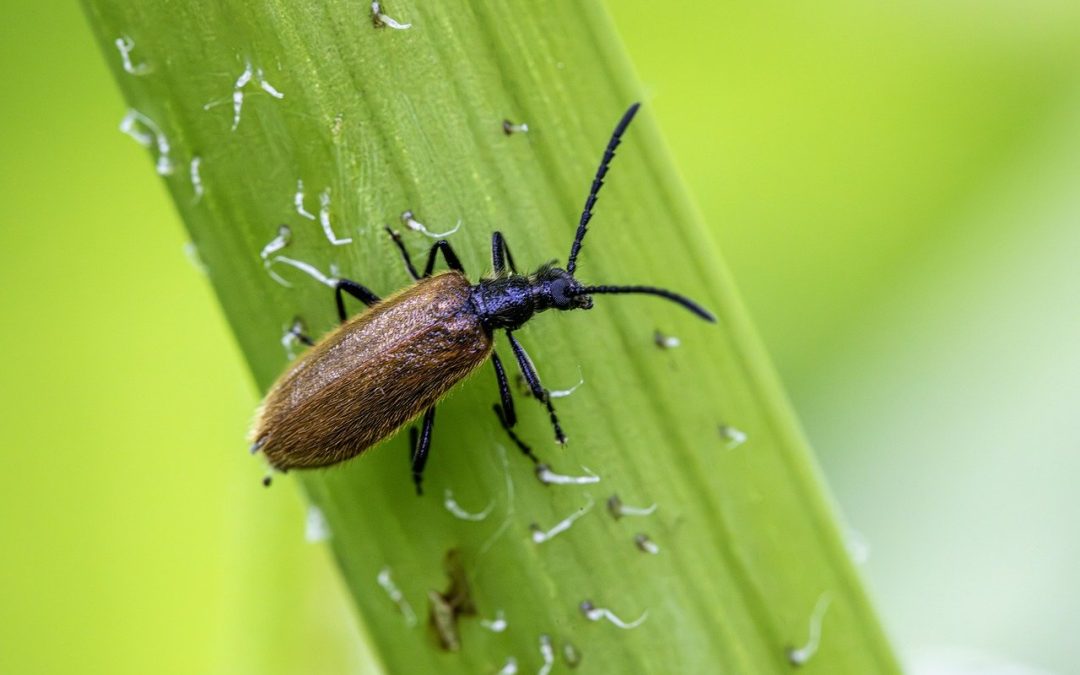
Title: Emerging Trends in Taxonomy: Shaping the Future of Classification
Introduction:
Taxonomy, the science of categorizing and classifying organisms, has undergone significant changes throughout history. This article aims to analyze key points from the provided text and explore potential future trends related to taxonomy. In this rapidly evolving field, emerging technologies, growing data sets, and shifting perspectives are driving exciting developments. This article will delve into these themes and provide unique predictions and recommendations for the industry.
Evolution of Taxonomy:
Taxonomy has its roots in ancient civilizations and has evolved over time. Carl Linnaeus, known as the father of taxonomy, introduced a standardized binomial nomenclature system in the 18th century. However, his choices of names, such as the dodo being called Didus ineptus, reflect the biases and cultural influences of that era.
Inclusive and Ethical Taxonomy:
Future trends will likely focus on rectifying historical biases in taxonomy. Efforts will be made to involve diverse perspectives from various cultures and ecosystems to avoid terms that perpetuate stereotypes or cause harm. Collaborative efforts and inclusivity will be crucial in developing a more comprehensive and ethical taxonomy system.
Advancements in DNA Sequencing:
The fast-paced advancements in DNA sequencing technologies have revolutionized taxonomy. DNA barcoding has become a valuable tool for species identification and classification. Next-generation sequencing techniques efficiently generate vast amounts of genomic data, enabling more accurate and precise taxonomic classifications. These technologies will continue to drive future trends by providing deeper insights into evolutionary relationships.
Integration of Artificial Intelligence (AI):
AI will play a significant role in the future of taxonomy. Machine learning algorithms can analyze large datasets and identify patterns that may have otherwise been missed by humans. AI-powered systems will aid taxonomists by automating processes, speeding up species identification, and assisting with data analysis. Such integration will improve efficiency and accuracy, allowing taxonomists to focus on more intricate tasks and research.
Standardized Global Databases:
The establishment of global databases, like the Catalogue of Life and the Global Biodiversity Information Facility, provides centralized access to taxonomic information. These databases serve as essential resources for researchers, conservationists, and policymakers. Future trends will likely see increased collaboration to expand these databases and ensure their accuracy and accessibility. Efforts will be made to integrate these databases with AI and machine learning technologies for more efficient data management.
Predictive Species Discovery:
Emerging trends in taxonomy will likely prioritize predictive species discovery. Novel techniques, such as environmental DNA analysis and remote sensing, will help identify previously unknown species and monitor their distribution. By combining ecological models, molecular techniques, and AI, taxonomists will be able to anticipate and document the existence of new species before physically discovering them.
Recommendations for the Industry:
1. Foster international collaborations and inclusivity to develop comprehensive and ethically sound taxonomies.
2. Encourage interdisciplinary research collaborations between taxonomists, geneticists, ecologists, and computer scientists to leverage and integrate multiple datasets effectively.
3. Invest in training taxonomists in emerging technologies, such as DNA sequencing, AI, and data analysis, to promote efficient and accurate taxonomy.
Conclusion:
The future of taxonomy is characterized by exciting potential and transformative trends. With advancements in DNA sequencing, the integration of AI, and the establishment of global databases, taxonomy is poised to become more accurate, inclusive, and efficient. As we strive to rectify historical biases and uncover new species, collaboration, and interdisciplinary efforts will be key. By embracing these trends and recommendations, the taxonomy industry will continue to shape our understanding of the natural world.
References:
1. Prys-Jones, Robert P., and Steven J. F. Brooks. “The need to implement the rules of the International Code of Zoological Nomenclature for systematically confused names.” Zootaxa 4012.1 (2015): 52-55.
2. Hebert, Paul D., et al. “A DNA ‘barcode blitz’: rapid digitization and sequencing of a natural history collection.” PloS ONE 4.6 (2009): e7761.
3. Costello, Mark J., et al. “Global Coordination and Standardization in Marine Biodiversity Through the World Register of Marine Species (WoRMS) and Related Databases.” PLoS ONE 8.1 (2013): e51629.
4. Costello, Mark J., et al. “Can we Name Earth’s Species Before They Go Extinct?.” Science 339.6118 (2013): 413-416.
5. Goëau, Hervé, et al. “LifeCLEF in 2019: biodiversity retrieval from scratch.” Working Notes of CLEF 2019-Conference and Labs of the Evaluation Forum. CEUR Workshop Proceedings, 2019.
